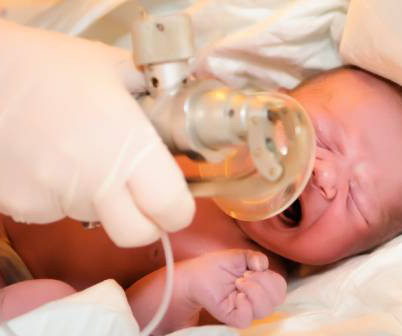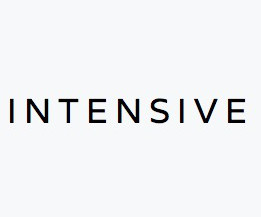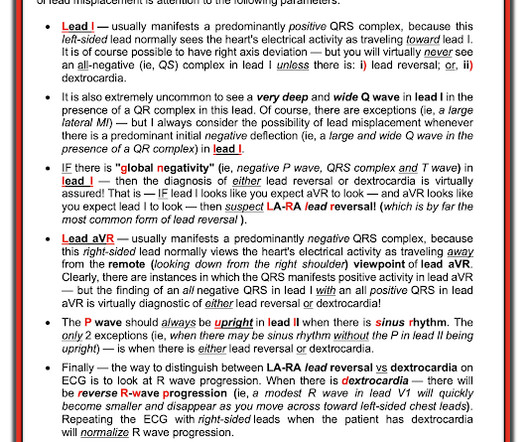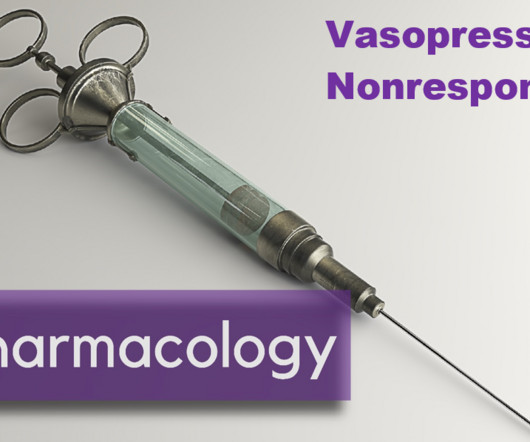Hypothermia and drowning
Don't Forget the Bubbles
JUNE 30, 2023
Elsa was found face down in the family pool 20 minutes after last visual contact and was picked up without resuscitation. She was intubated at the scene and transported to your ED, with cardiopulmonary resuscitation (CPR) performed en route. You request a 12 lead ECG and repeat a blood gas, asking for it to be run on the PICU analyser.




























Let's personalize your content